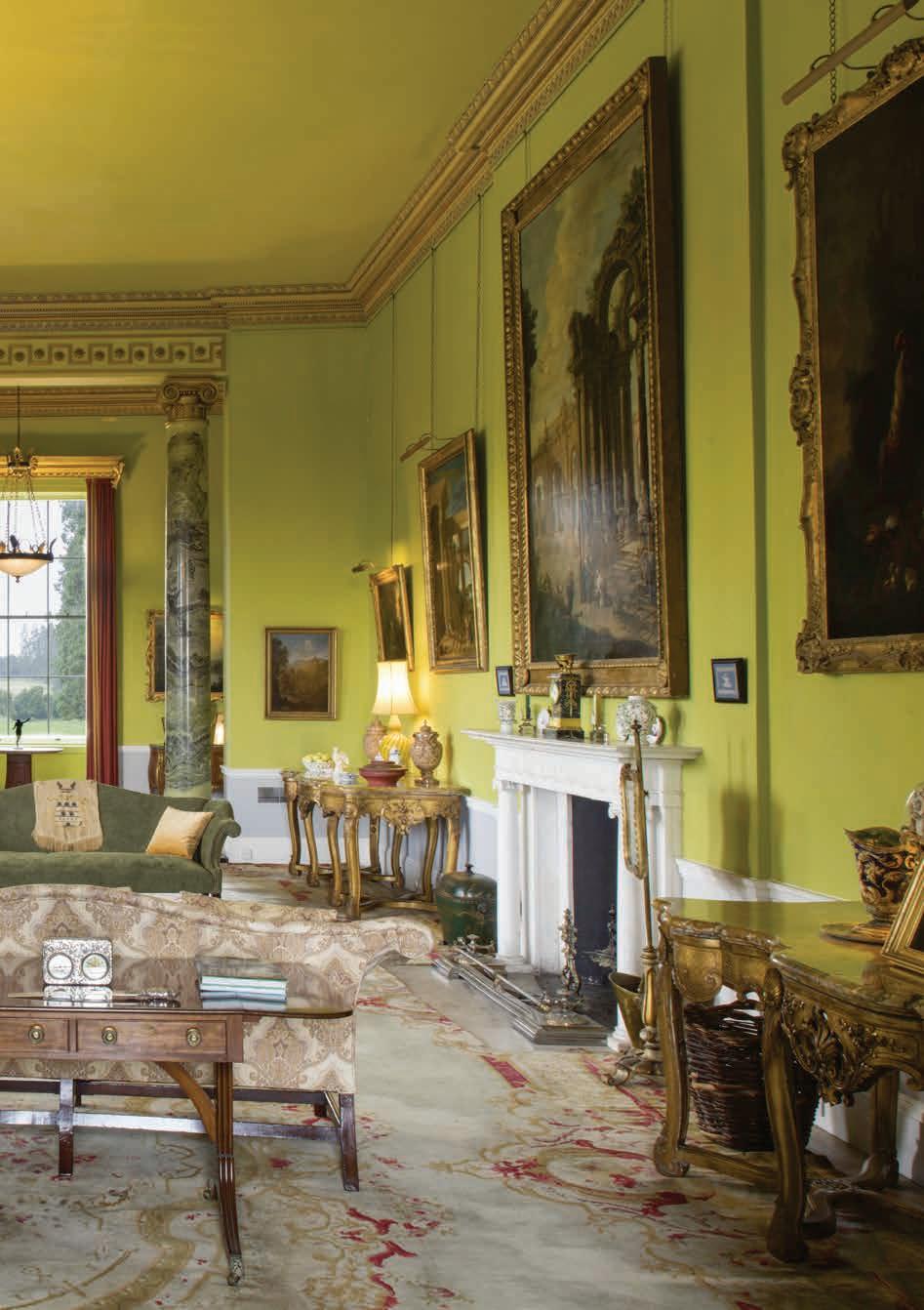
6 minute read
Historic Houses
Castletown House, Co. Kildare Photo: Tourism Ireland
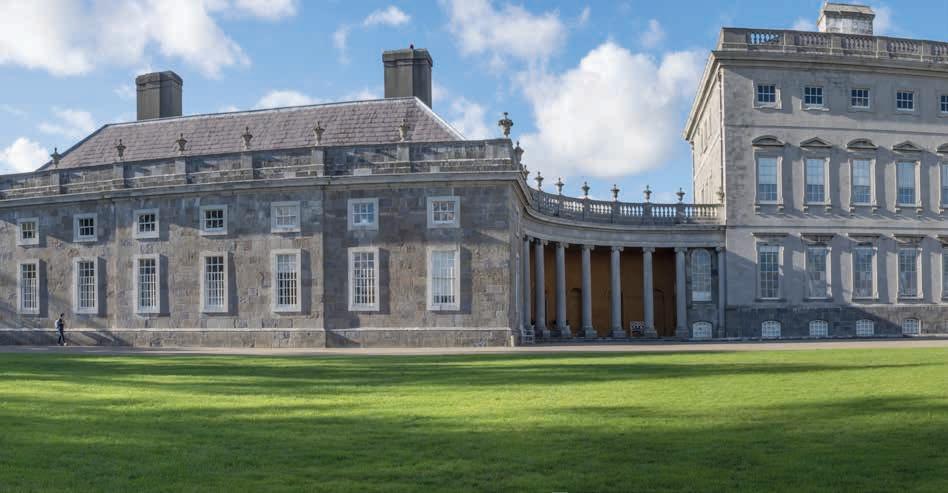
Castletown Kitchen Photo: Davison and Associates
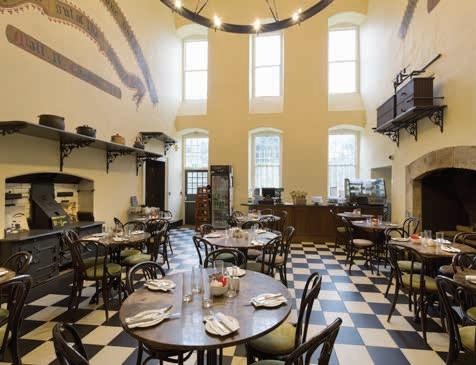
The Long Gallery, Castletown House Photo: Davison & Associates
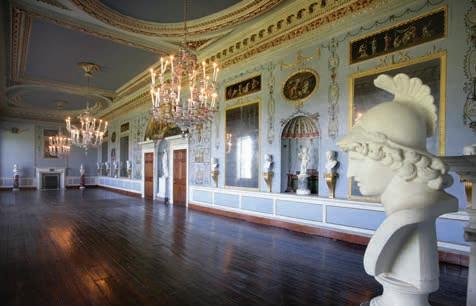
Castletown House
Set amongst beautiful eighteenth-century parklands on the banks of the River Liffey, just 20 km from the centre of Dublin, Castletown House is Ireland’s greatest Palladian-style country house: a monument to Georgian wealth and taste. Built in 1722 for William Conolly, the Speaker of the House of Commons, the house –flanked by pavilions linked by ionic colonnades – is an impressive sight. The authentic Georgian interiors include a spectacular double-height Entrance Hall with polished limestone floor, a Portland stone cantilevered staircase (one of the largest in Ireland) with opulent Rococo plasterwork, a dining room inspired by Inigo Jones’ banqueting hall at Whitehall, the glorious long gallery (complete with three Murano-glass chandeliers) and a fully intact eighteenth-century print room.
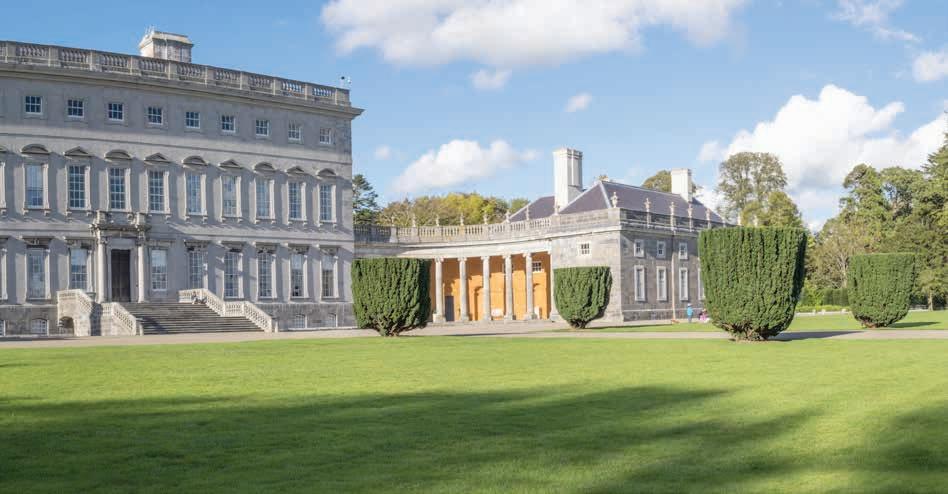
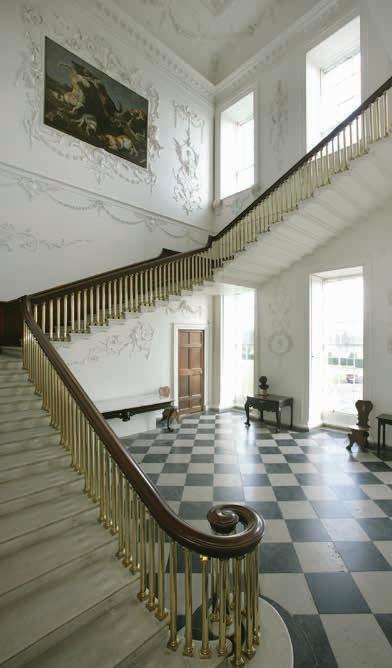
The Red Drawing Room, Castletown House Photo: Davison & Associates Photo: Davison & Associates
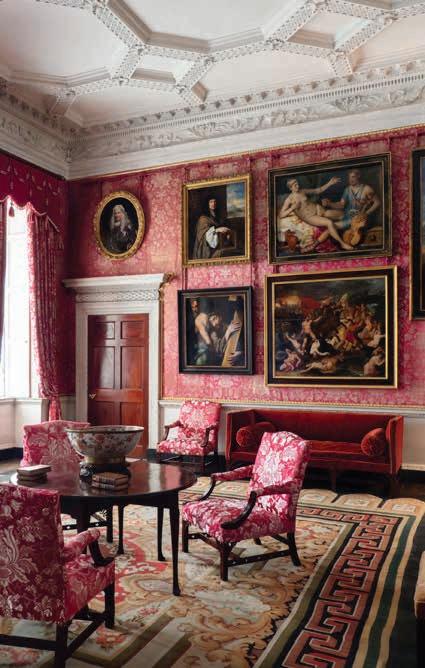
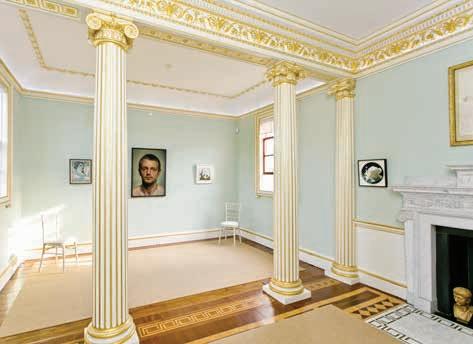
Casino Entrance Hall or Vestibule Photo: Con Brogan National Monuments Service
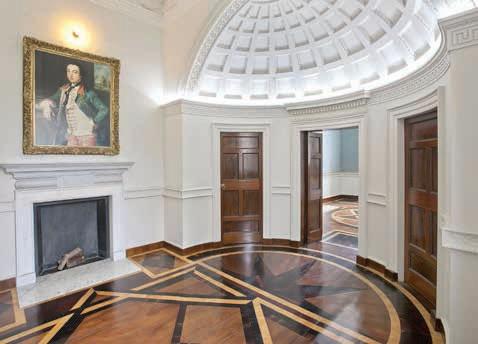
State Bedroom Photo: Niall McKenna OPW State Bedroom Photo: Niall McKenna OPW
Blue Salon Photo: Niall McKenna OPW
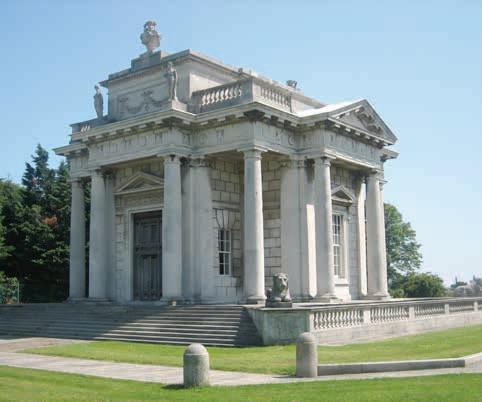
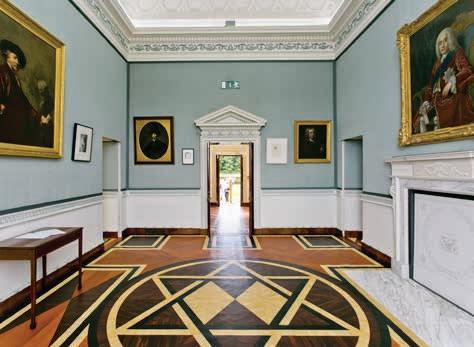
Casino Marino Photo: ©Photographic Archive, National Monuments Service, Government of Ireland
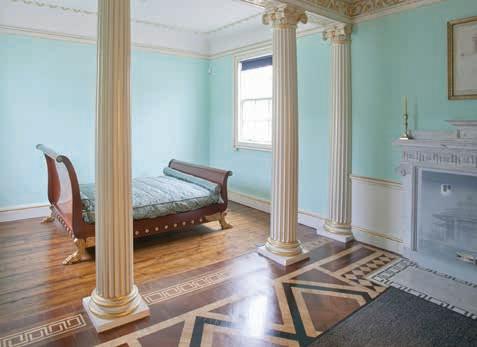
Casino Marino
Built as a country retreat for the first Earl of Charlemont, but only 4 km from the centre of Dublin, this ‘casino’ or ‘little house’ is a miniature neo-classical masterpiece, one of the finest buildings of its kind in Europe. From the outside it appears small but on the inside it is surprisingly spacious, with three storeys and 16 rooms, each one richly decorated and filled with ingenious optical illusions.
Photo: Vincent Hyland
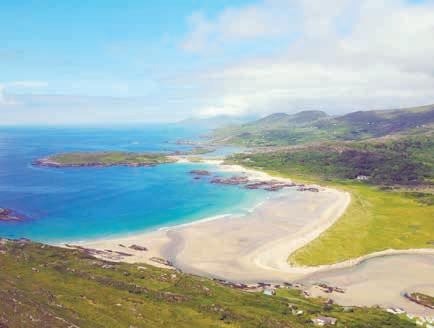
Photo: Ben Russell
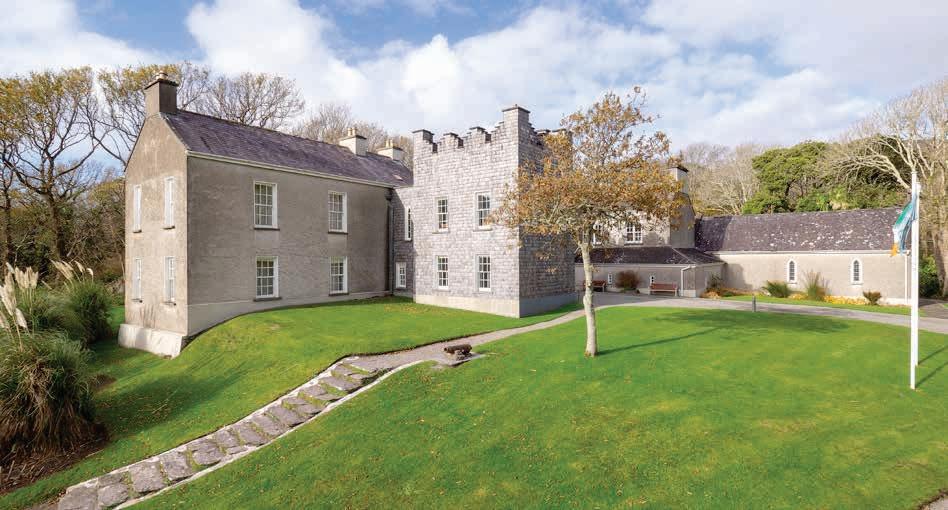
Photo: Ben Russell Photo: Ben Russell
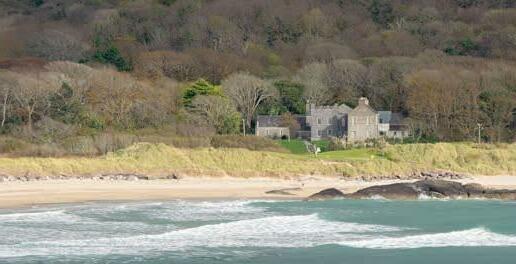
Derrynane House
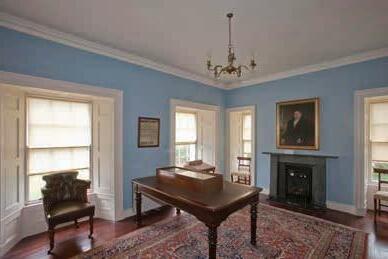
At the southern tip of the Iveragh Peninsula in Kerry stands Derrynane House, the ancestral home of one of the greatest statesmen of Irish history: Daniel O’Connell. While the interior displays many relics of O’Connell’s life, the demesne landscape is part of Derrynane National Historic Park: over 120 hectares of lands with a wealth of archaeological, horticultural, botanical and ecological treasures.
Photos: Clare Keogh Photography
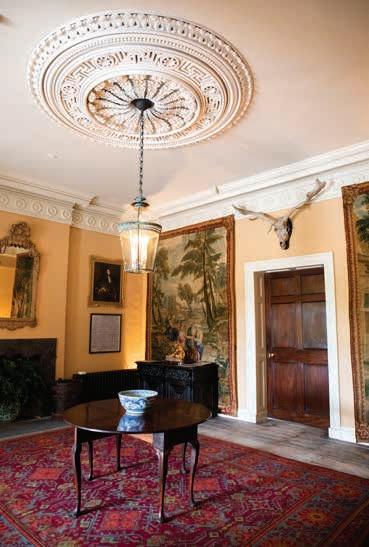
Doneraile House
Presiding over 160 hectares of landscaped parkland and wildlife estate, Doneraile Court was the home of the St Leger family for 300 years. Originally built around 1645, the house was remodelled in the mid-eighteenth century into an outstanding example of Georgian architecture. The ground floor houses prestigious collections of furniture and art, while the parklands, laid out in the naturalistic style of Capability Brown, include pleasure grounds, a parterre walled garden, water features, beautiful limestone bridges, magnificent cascades and fish ponds, and ancient trees, as well as numerous pathways through an estate populated with three kinds of deer.
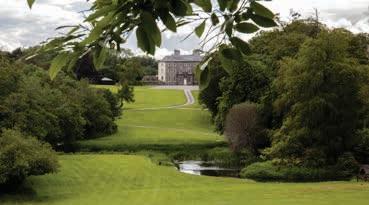
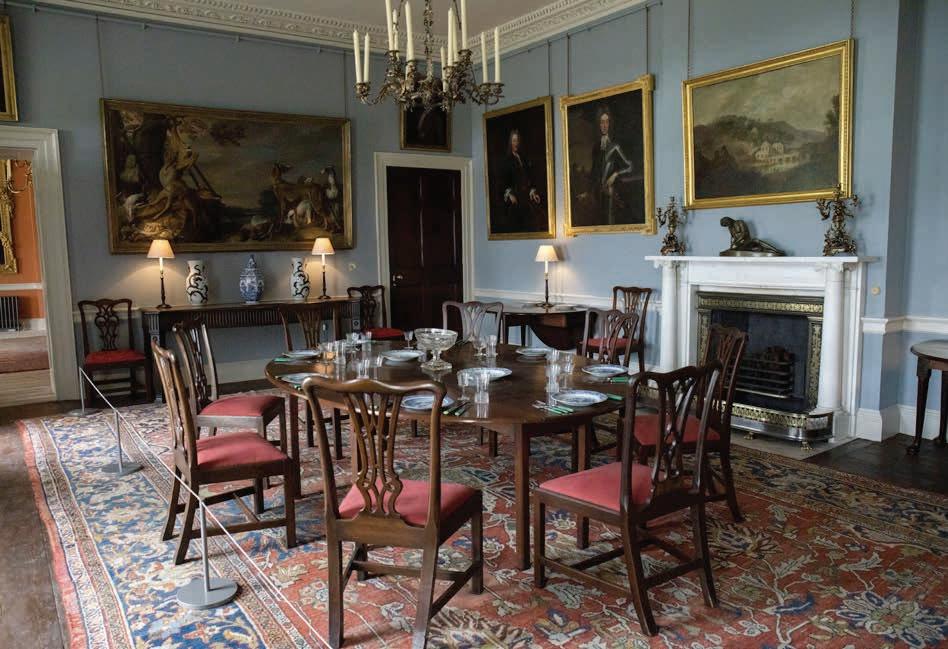
Photo: © Photographic Archive, National Monuments Service, Government of Ireland
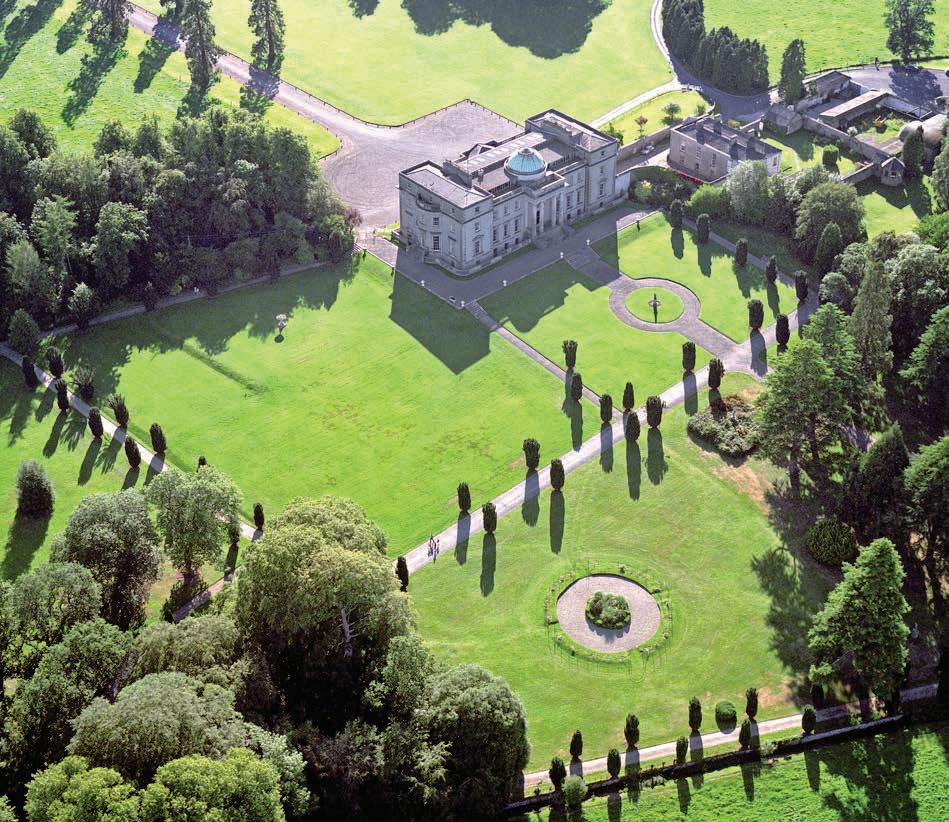
Emo Court
In the midst of the Slieve Bloom Mountains, just an hour from Dublin, stands Emo Court, a quintessential neo-classical mansion complete with portico, ornate plasterwork ceilings, and a magnificent rotunda. Designed in 1790 by the celebrated architect James Gandon (who also designed Dublin’s Custom House and Four Courts), the house was not completed for some 70 years, but remains a wonderful example of a Georgian mansion. The authentic period feel continues outside amid gardens landscaped in the neo-classical style, with formal lawns, a lake and woodland walks with views of the mountains.
Photo: Jonathan Hession Photo: Jonathan Hession Photo: Jonathan Hession
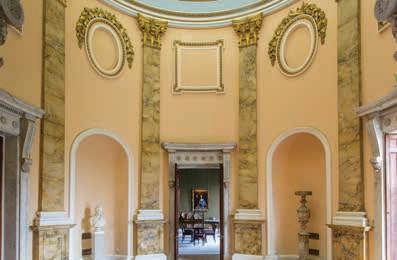
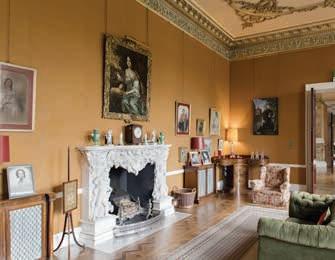
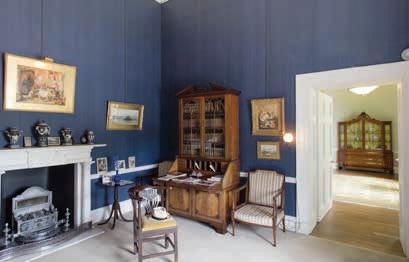
Pearse Museum

Housed in a fine Georgian building in St Enda’s Park in the Dublin suburb of Rathfarnham, the Pearse Museum is where the leader of the 1916 Rising, Patrick Pearse, lived and ran his pioneering Irish-speaking school. Inside, the museum tells the story of Patrick Pearse and his brother Willie, both of whom were executed for their part in the 1916 Rising. The museum is set within 20 hectares of attractive parkland featuring a wild river valley, forested areas and some enchanting eighteenth and nineteenth-century follies, including Emmet’s Fort and a mysterious hermit’s cave.
Pearse Museum Schoolroom Photo: Con Brogan Pearse Museum Dormitory Photo: ©Photographic Archive, National Monuments Service, Government of Ireland
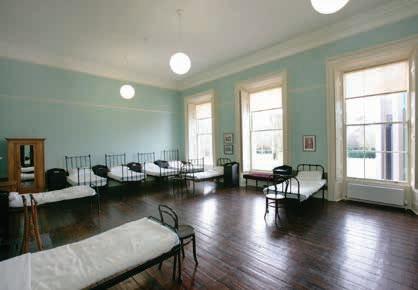
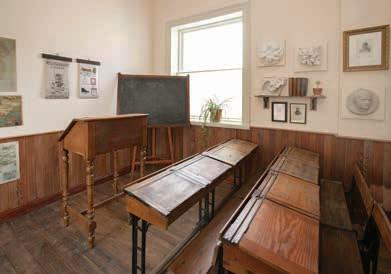
The Ballroom, Rathfarnham Castle, Dublin Photo: Davison & Associates
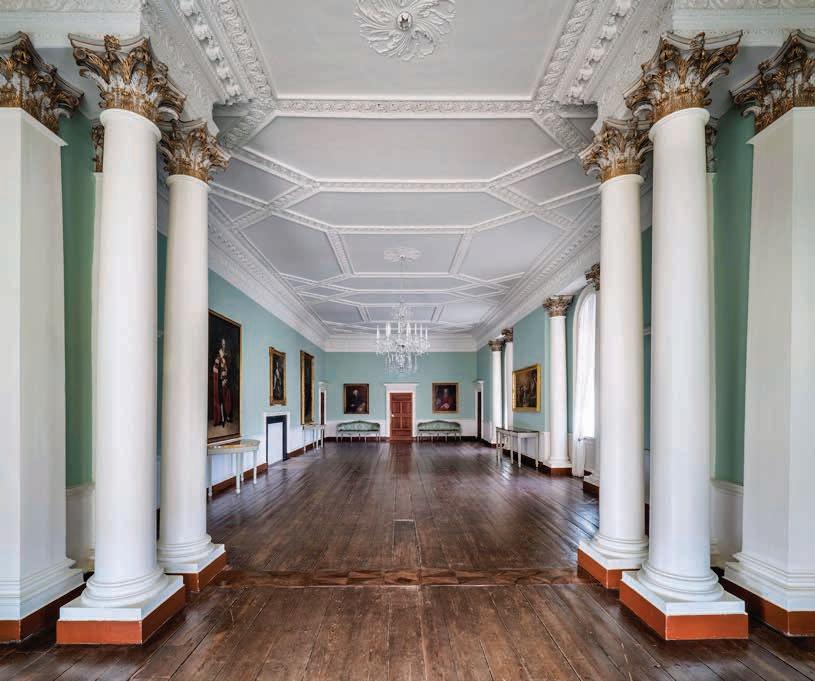
Rathfarnham Castle
Less than 7 km from Dublin city centre, in the middle of Rathfarnham, stands Rathfarnham Castle, the earliest fortified house in Ireland, built in luxurious style by a Yorkshire clergyman who eventually became Lord Chancellor of Ireland. In the lateeighteenth century the house was remodelled on a grand scale by some of the finest architects of the day, and boasts a wealth of interesting interior features, with ornate ceilings and a grand ballroom.
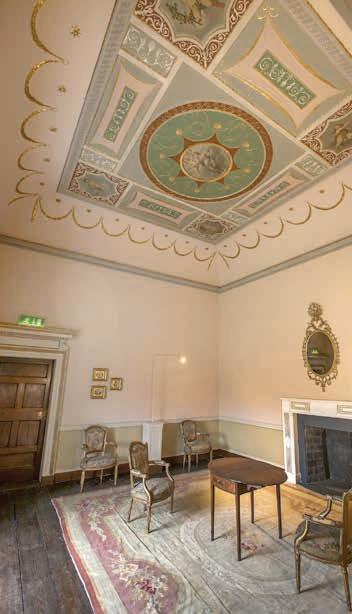
The Four Seasons Room Photo: Davison & Associates
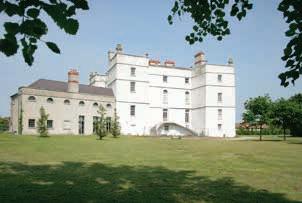
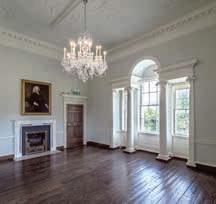
Ireland has more than its fair share of outstanding gardens. Some, like Dublin’s National Botanic Gardens, with its historic glasshouses, were built for the nation. Others started out as private passions, like Ilnacullin on Garinish Island, an extraordinary Italian garden set amid lush tropical vegetation, or James Hugh Smith-Barry’s stunning Victorian creation on Fota Island, with a world-renowned collection of rare trees and shrubs.
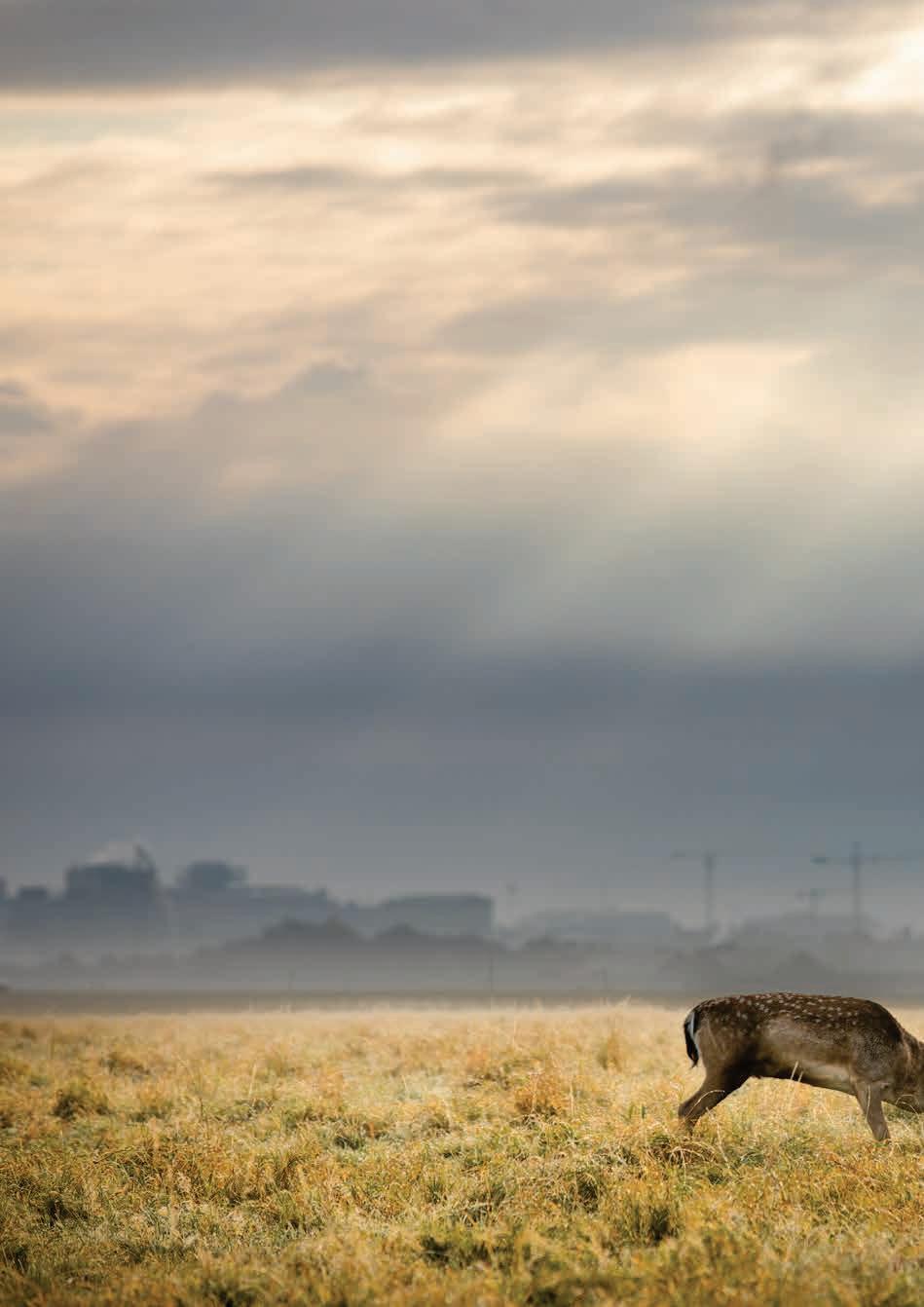
From giant public spaces like Phoenix Park, the largest enclosed public park in Europe, to hidden gems like Iveagh Gardens, the ‘secret garden’ that has appeared in recent films and TV shows like Ripper Street, Penny Dreadful and Albert Nobbs, Ireland has a wonderful array of parks and gardens to choose from.







